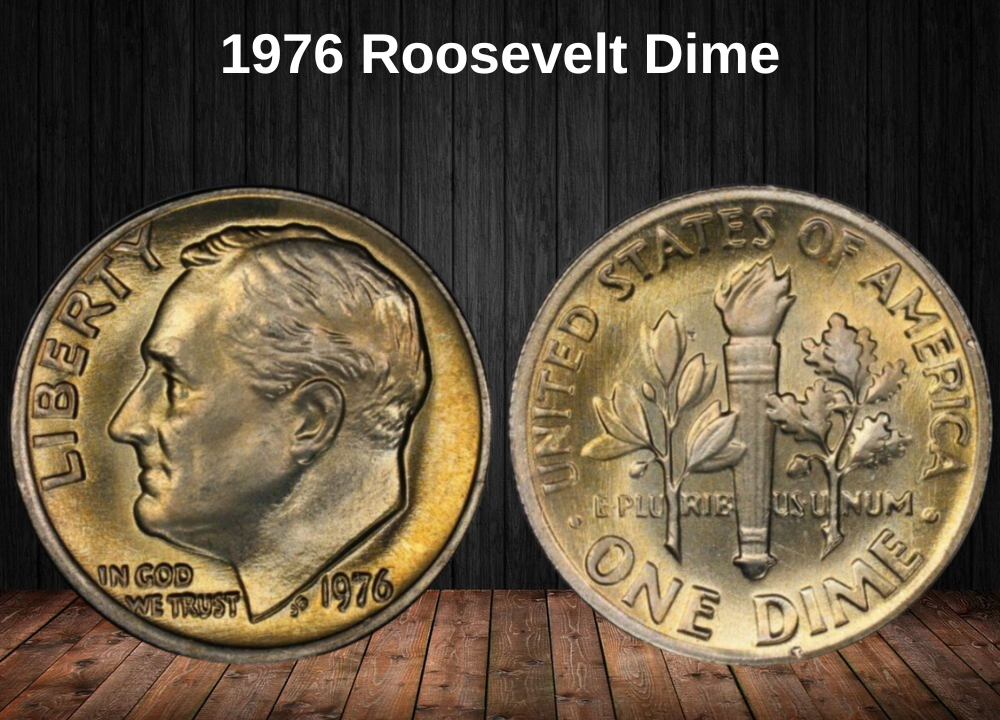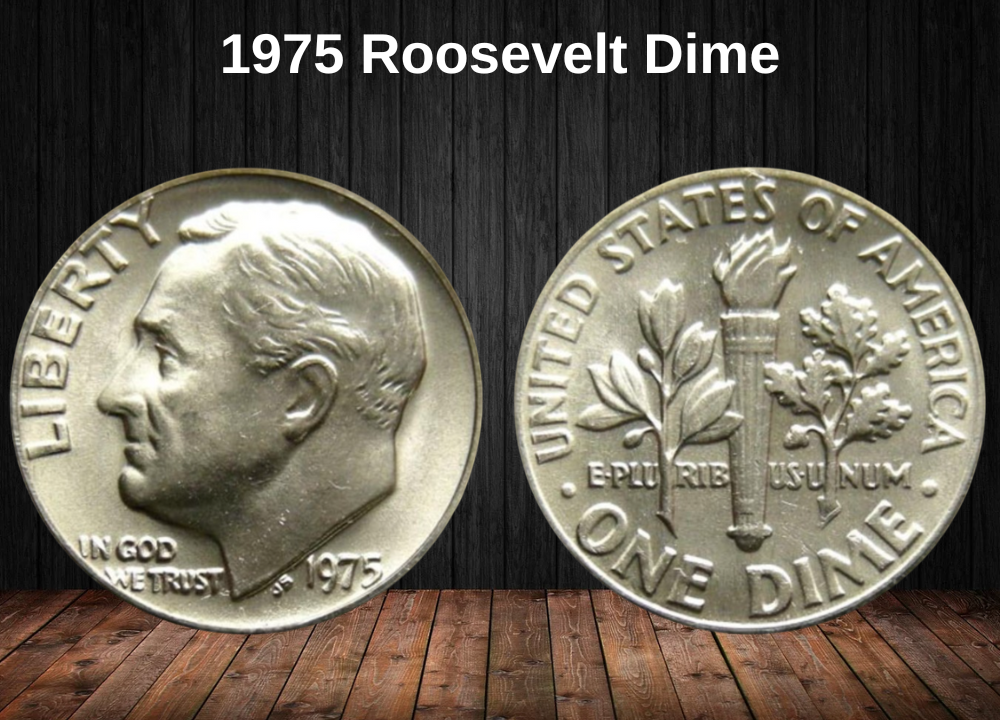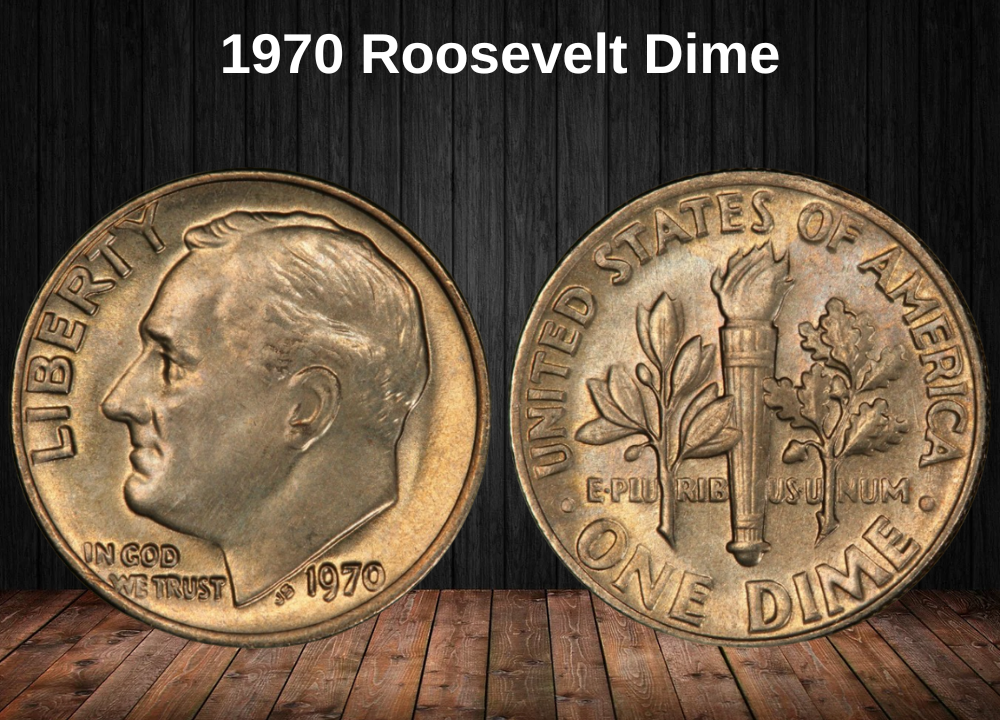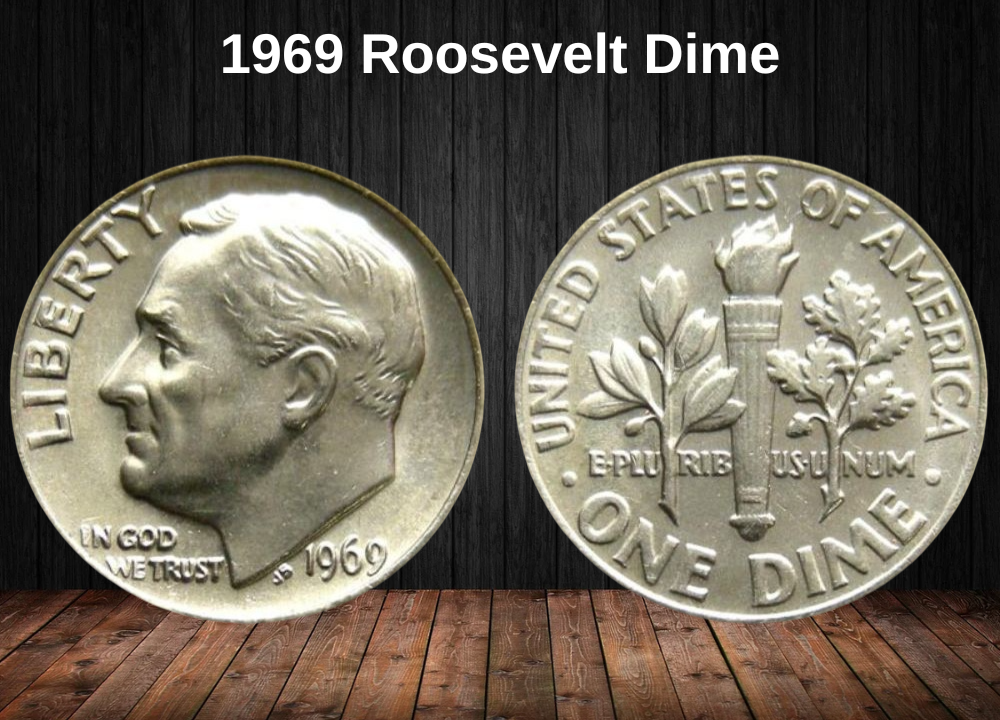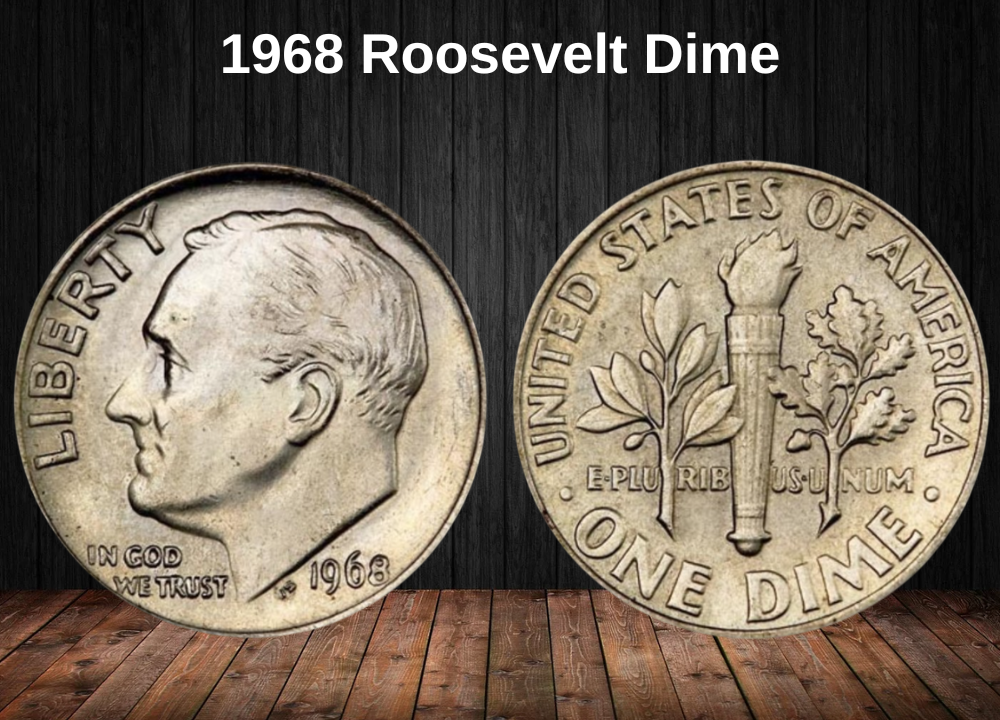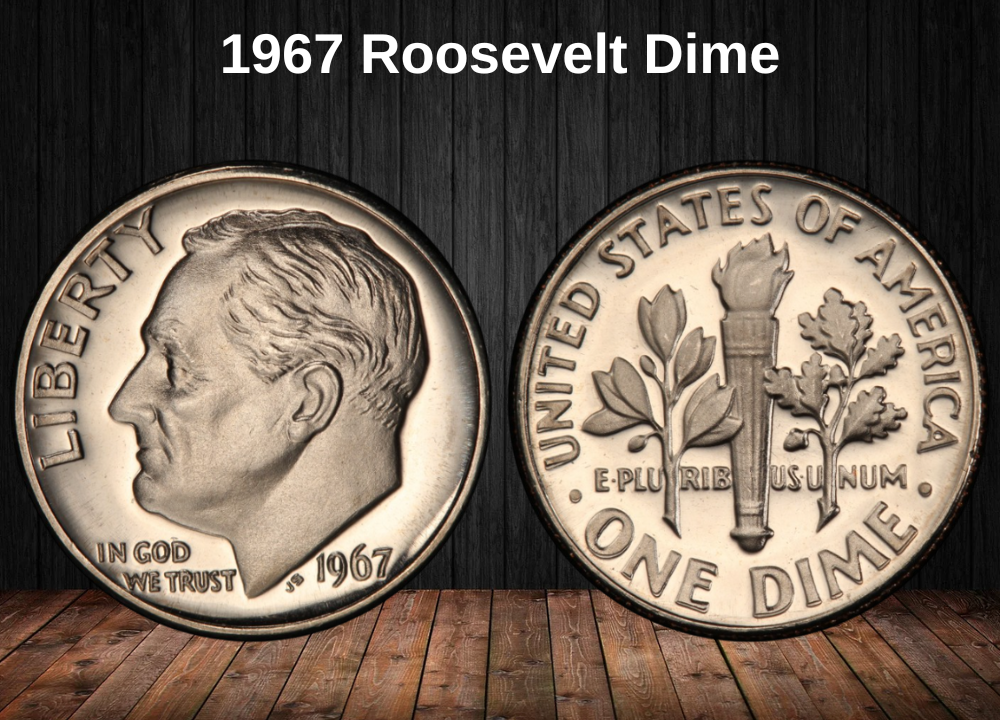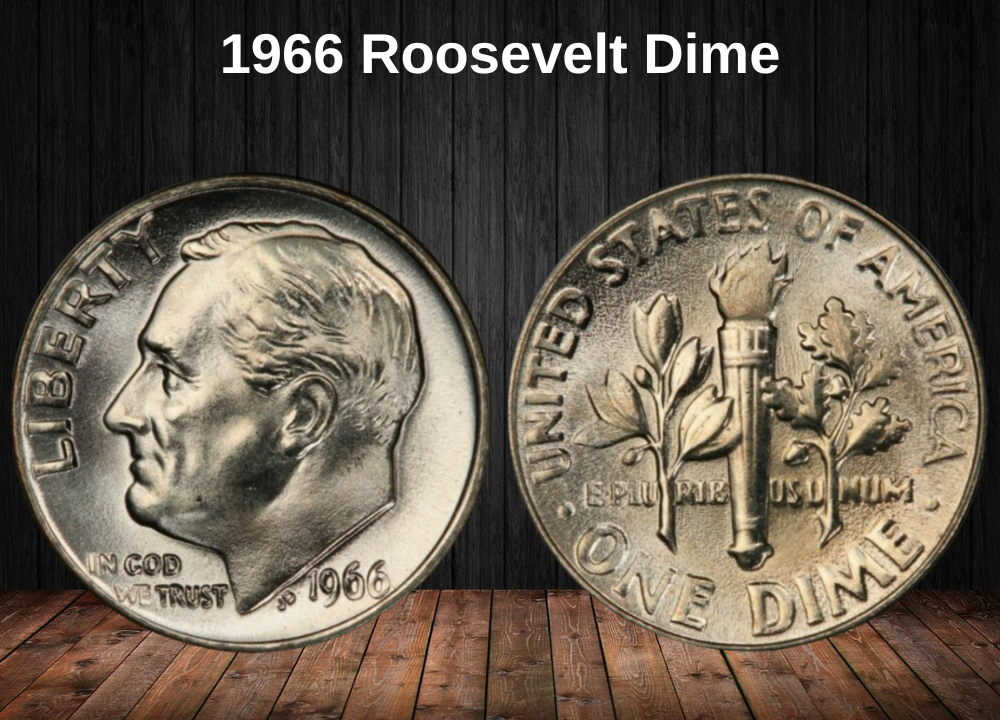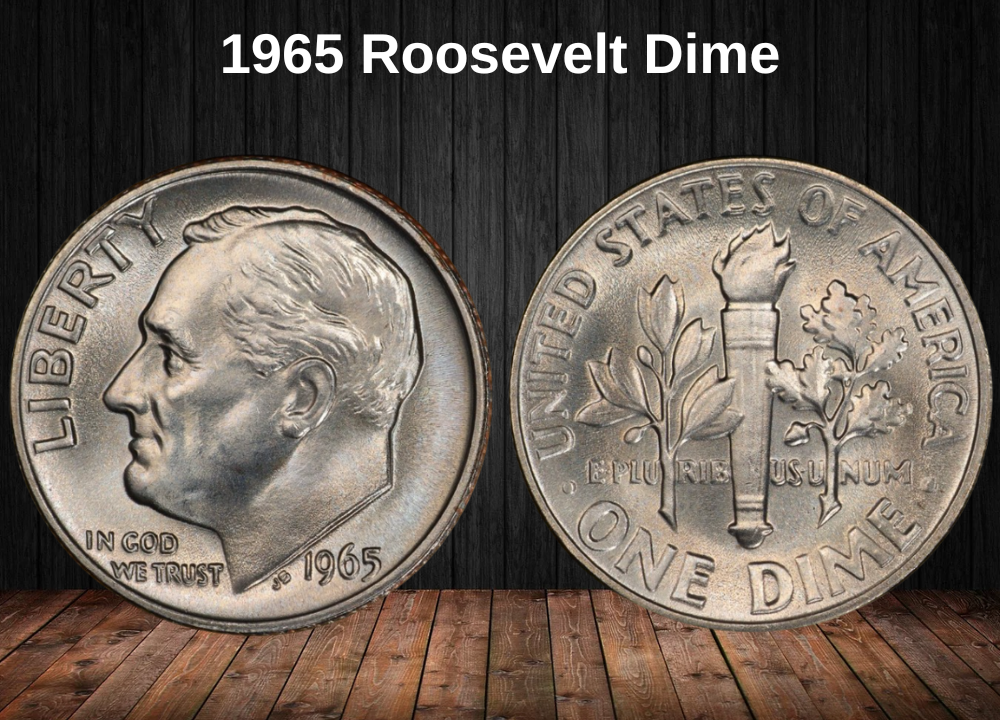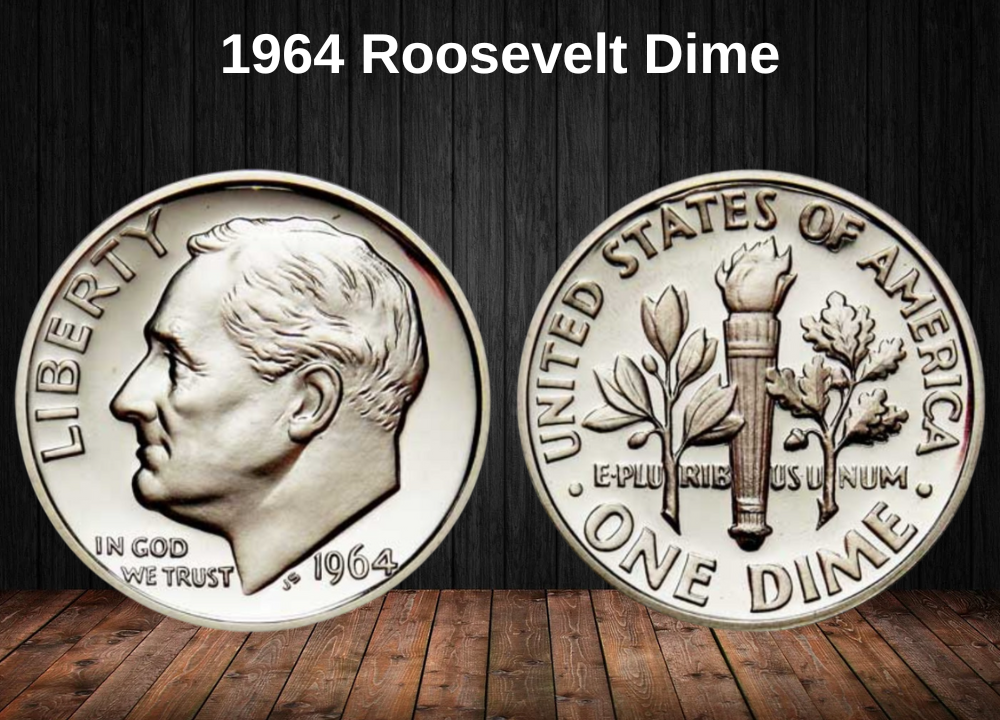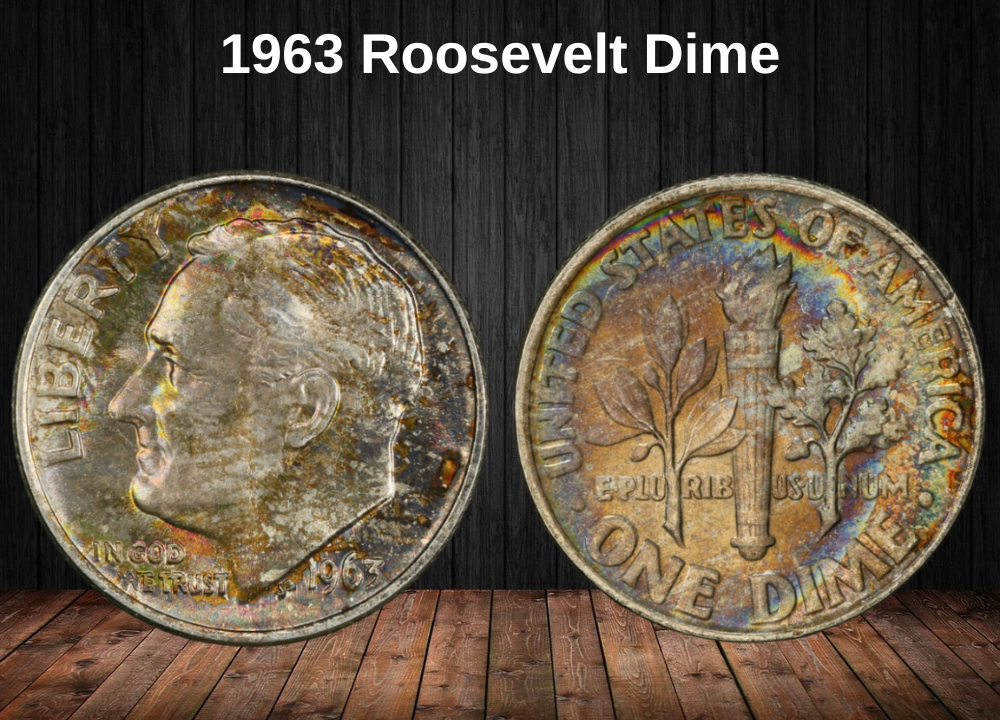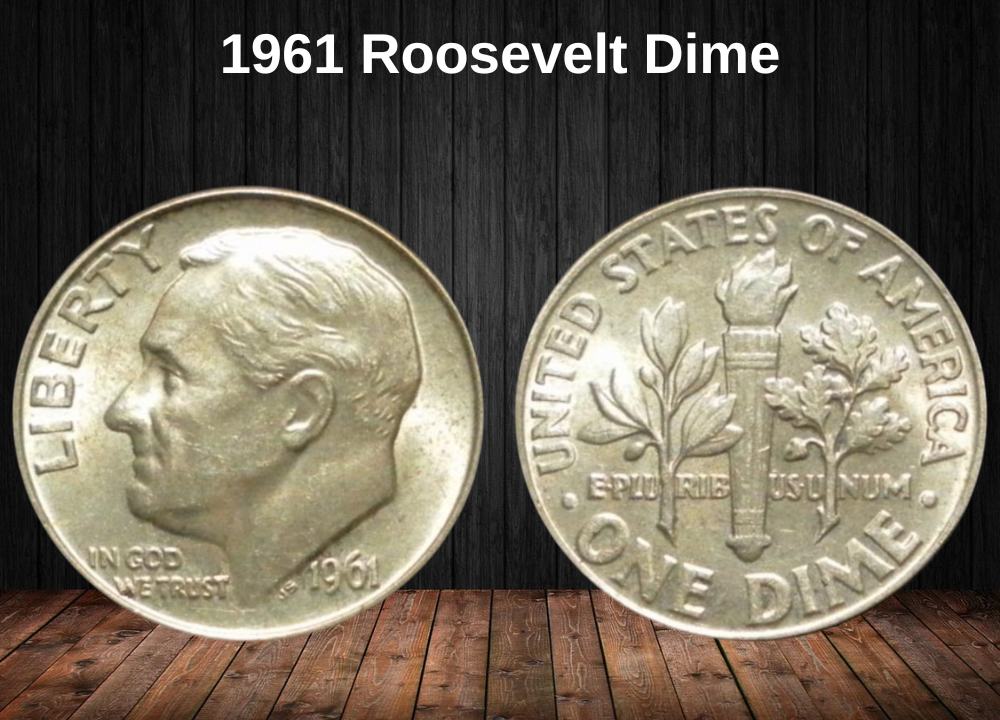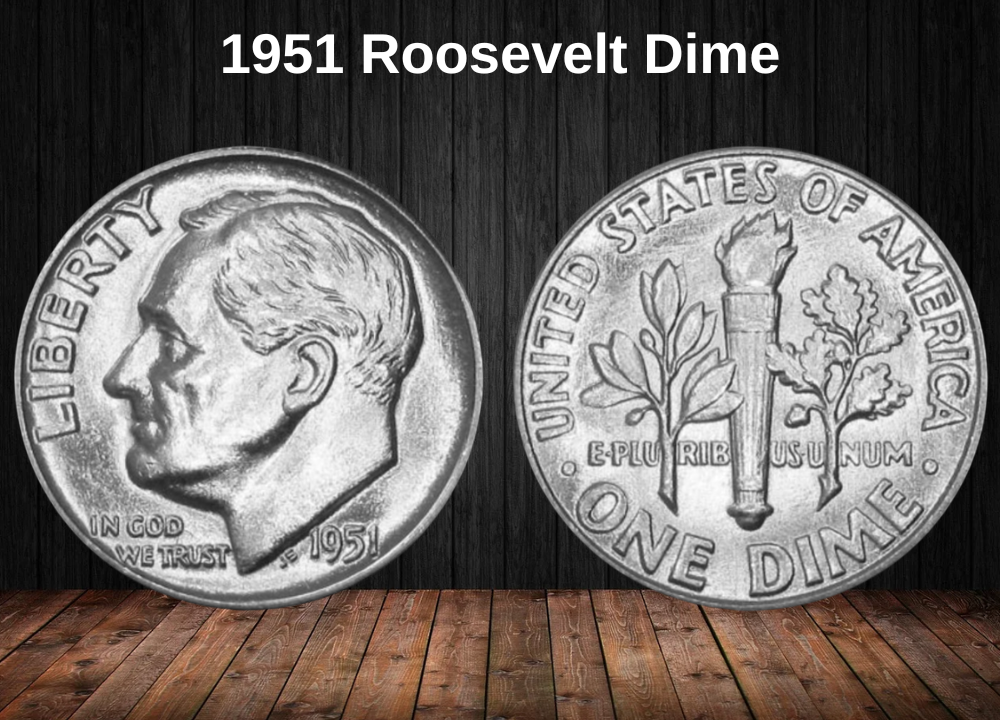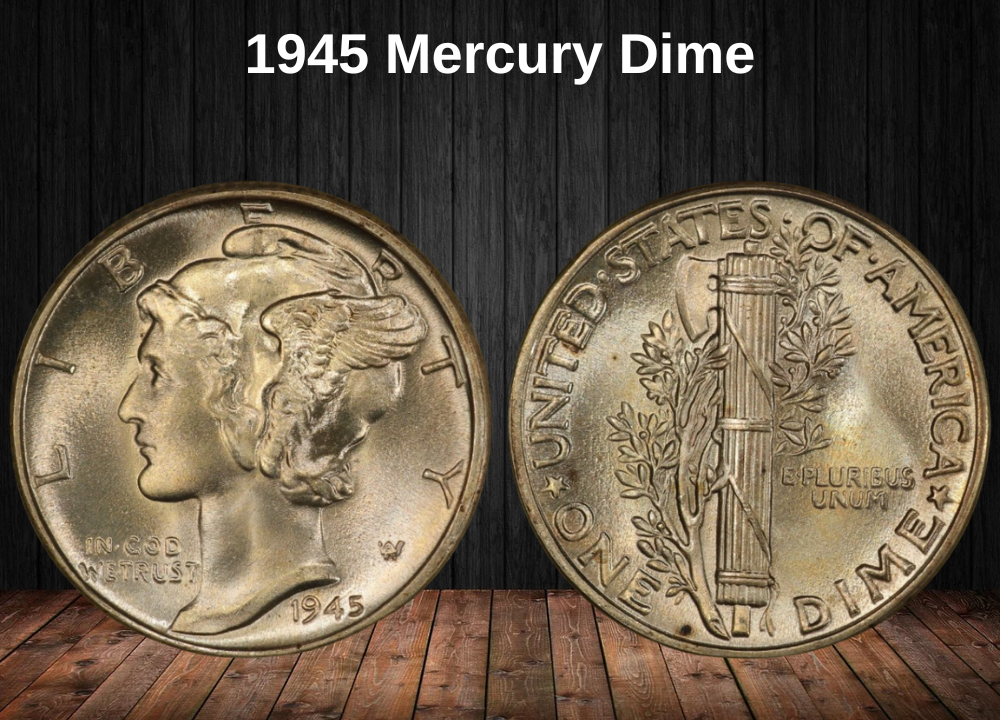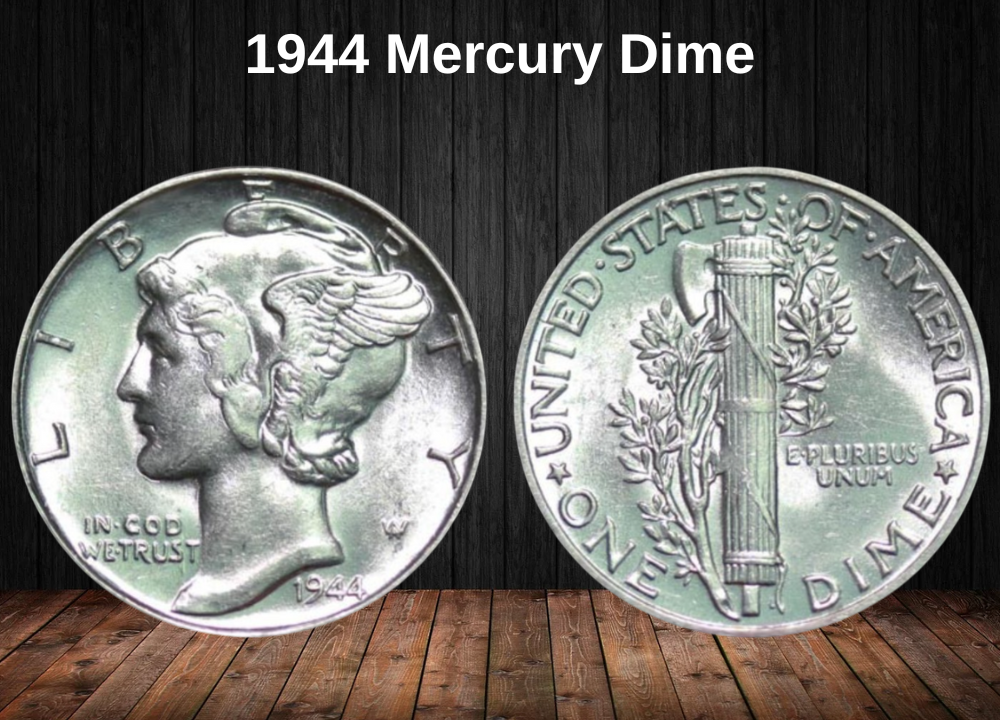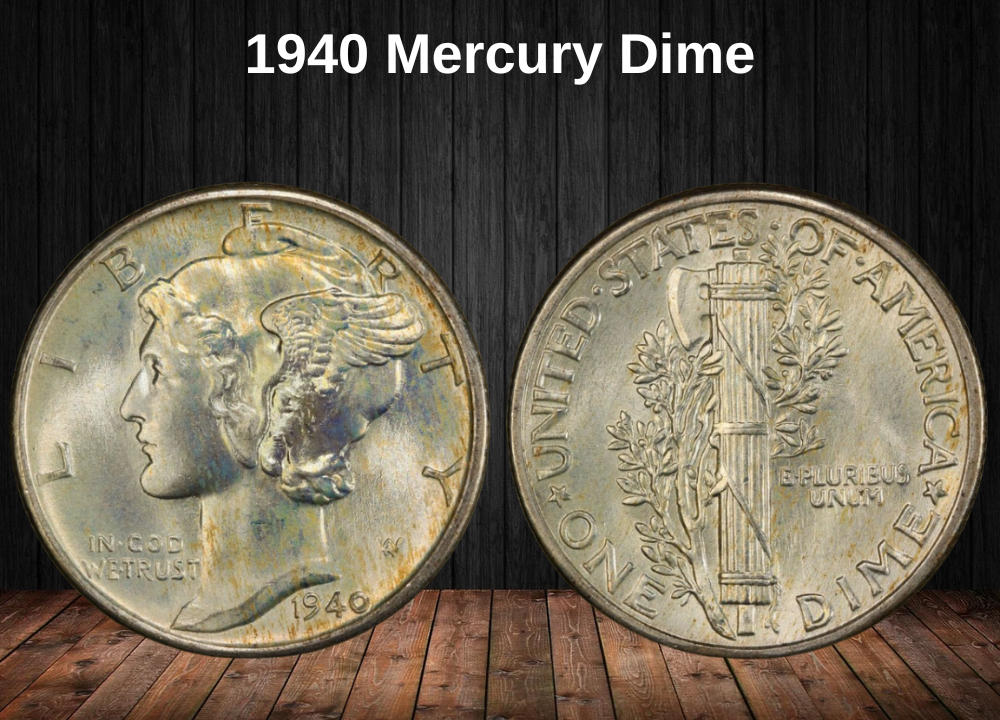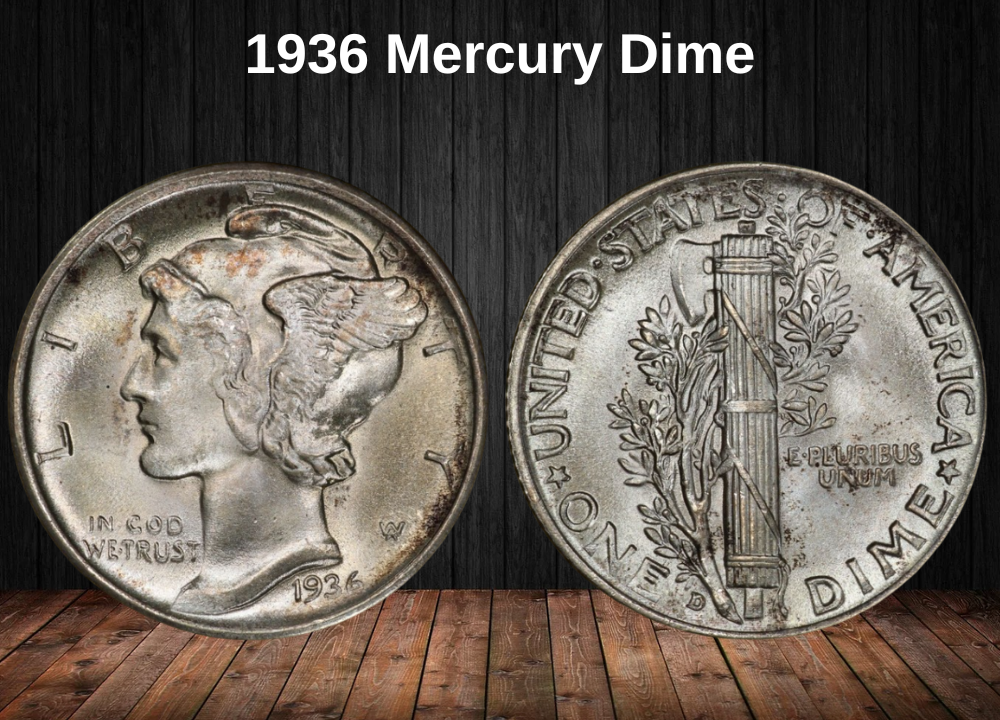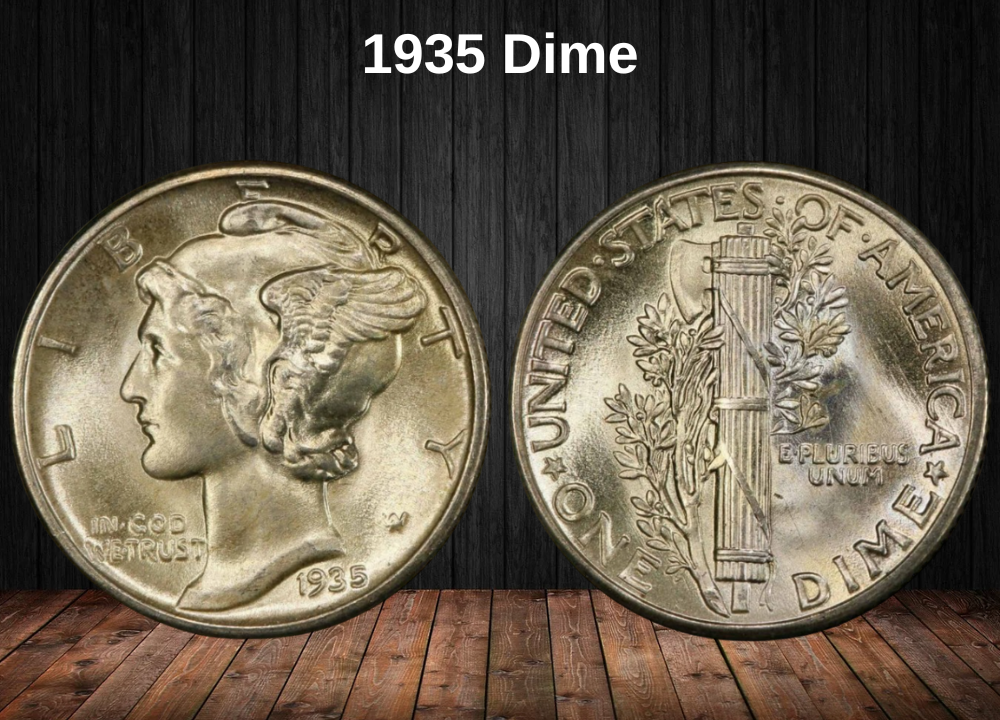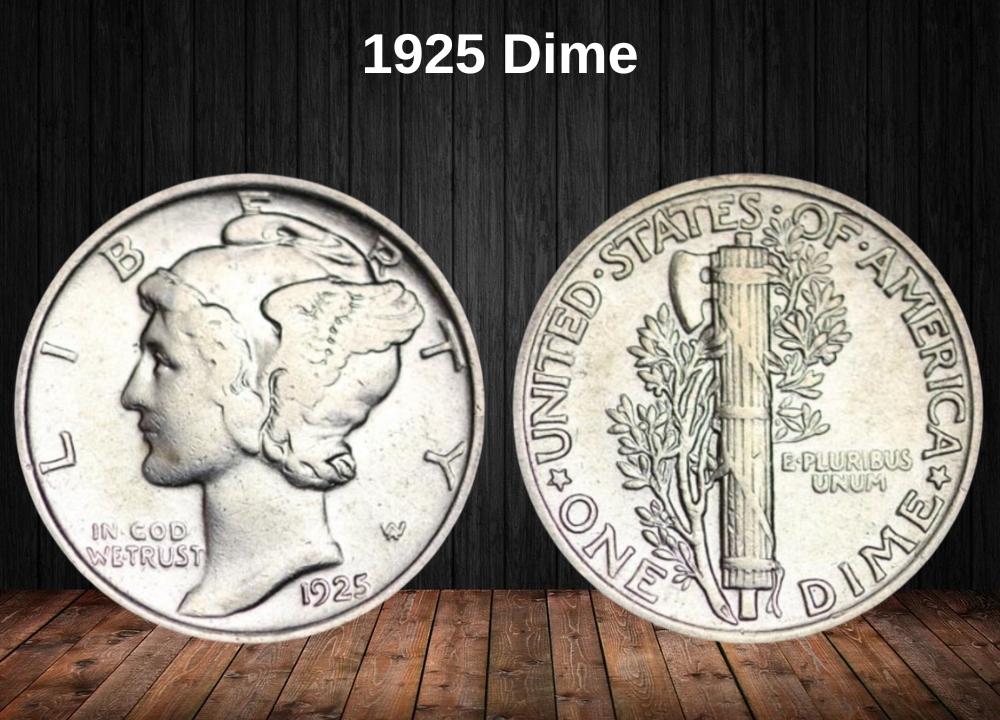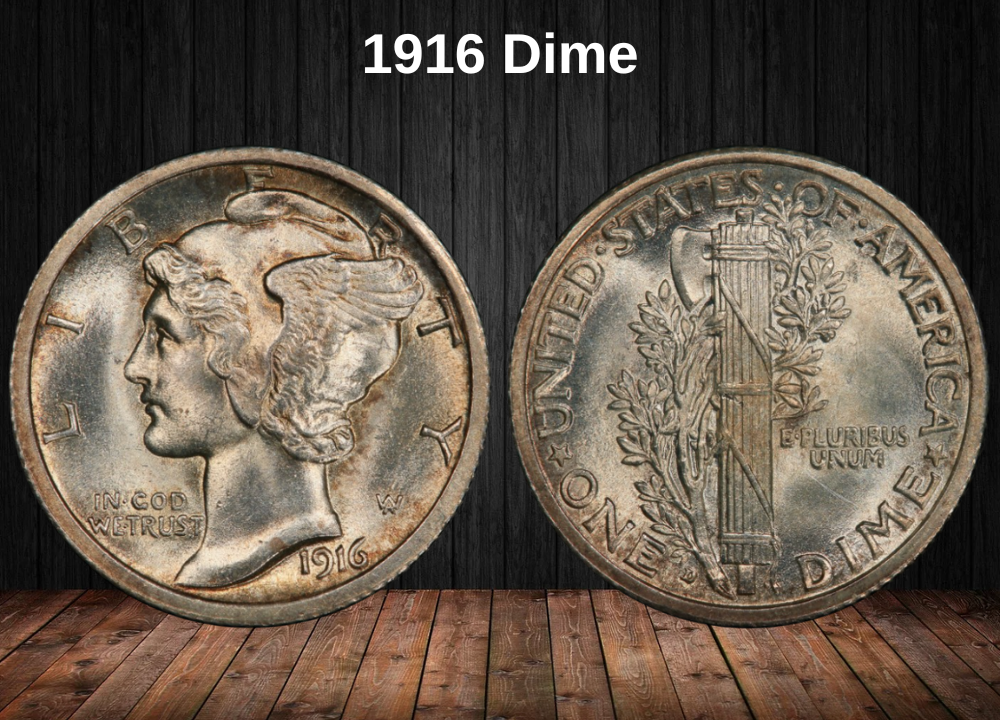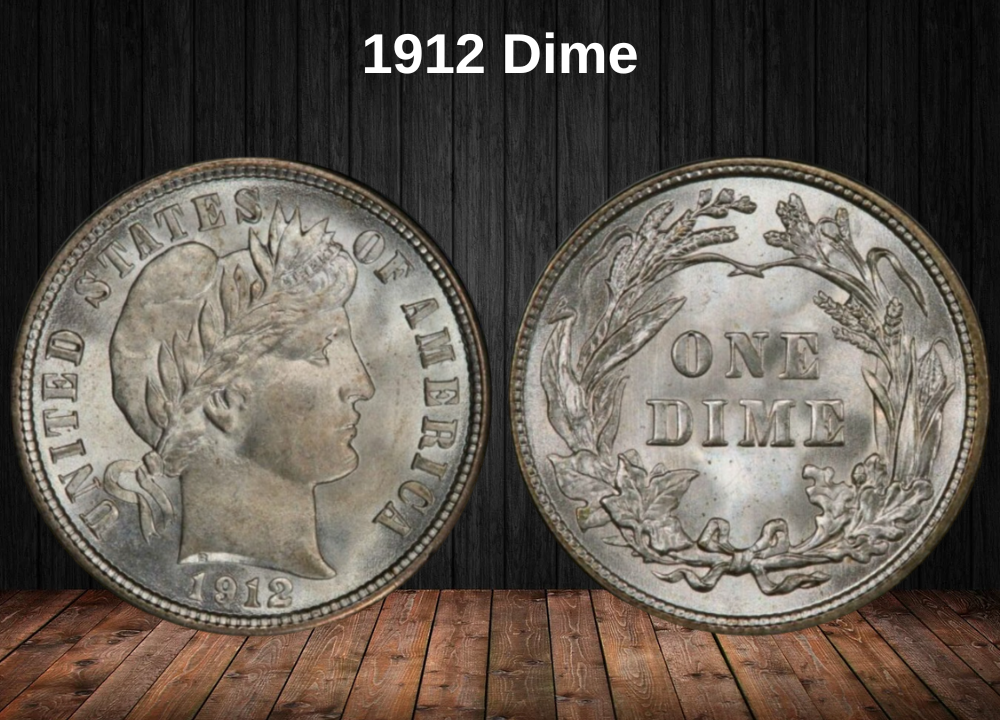In most cases, the 1942 Mercury dime value is higher than its face value, mainly because it is made of silver and has strong collector demand. However, its exact price depends on condition, strike quality, and whether it carries one of the famous mint errors.
These coins were struck during World War II, when silver was still used in dime production. They are part of the Mercury dime series (1916–1945), designed by Adolph A. Weinman, and are considered among the most beautiful small coins in U.S. history.
The 1942 set is particularly notable because of the famous “42 over 41” overdate error, which exists in both Philadelphia and Denver mint issues. These varieties are extremely valuable and highly sought after.
1942 Silver Dime Value Chart
| Condition | 1942 No Mint Mark Dime | 1942 No Mint Mark 42/41 Dime | 1942 D Dime | 1942 D 42/41 Dime | 1942 S Dime |
|---|---|---|---|---|---|
| Good (G) | $3.42 | $369 | $3.42 | $369 | $3.42 |
| Very Good (VG) | $4.01 | $429 | $4.01 | $399 | $4.01 |
| Fine (F) | $4.56 | $545 | $4.56 | $517 | $4.56 |
| Very Fine (VF) | $4.82 | $653 | $4.82 | $627 | $4.82 |
| Extra Fine (XF) | $5.11 | $774 | $5.11 | $707 | $5.11 |
| About Uncirculated (AU) | $6.13 | $2,067 | $6.13 | $2,209 | $7.39 |
| MS 60 | $8.41 | $3,019 | $8.41 | $3,019 | $11.08 |
| MS 65 | $38 | $18,295 | $35 | $11,894 | $38 |
| PR 65 (Proof) | $220 | / | / | / | / |
History of the 1942 Mercury Dime
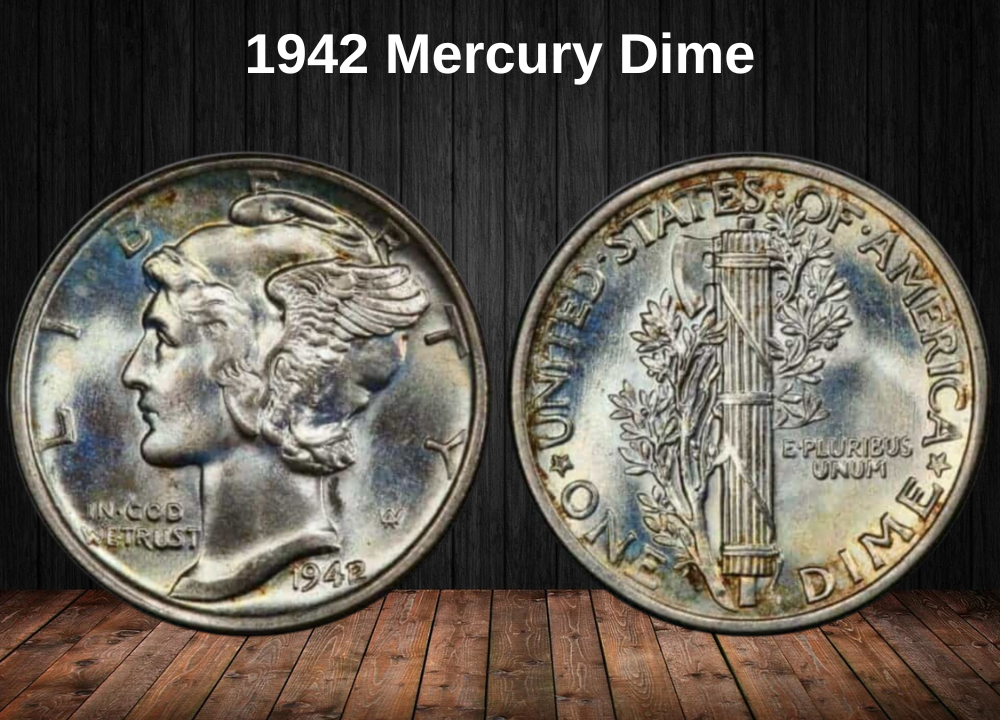
The Mercury dime, officially known as the Winged Liberty Head dime, is one of the most admired U.S. coins. It was minted from 1916 to 1945 and represents the fifth design for the American dime, following the Draped Bust, Capped Bust, Seated Liberty, and Barber dime.
The 1942 issue falls right in the middle of World War II, adding historical significance to this year’s coins. Although they were common in circulation, many collectors today value them for both their artistic design and their connection to wartime America.
Origins of the Design
Before the Mercury dime, the U.S. Mint produced Barber dimes (1892–1916), designed by Charles E. Barber. When it was time for a new design, Barber also submitted an entry, but the commission chose Adolph A. Weinman’s model instead.
Weinman’s design was considered too beautiful to ignore. He created both sides of the dime: the obverse features Liberty wearing a winged cap (symbolizing freedom of thought), while the reverse shows a fasces and olive branch, representing strength and peace.
1942 Mercury Dime Mintage
The year 1942 saw very high mintage numbers, making these coins relatively common in most grades. Still, specimens with Full Bands or special proof issues remain highly collectible.
| Location | Year/Type | Mintage |
|---|---|---|
| Philadelphia | 1942 No Mint Mark Dime | 205,410,000 |
| Philadelphia | 1942 Proof Dime | 22,329 |
| San Francisco | 1942 S Dime | 49,300,000 |
| Denver | 1942 D Dime | 60,740,000 |
| Total | — | 315,472,329 |
With more than 315 million pieces, the 1942 dimes had the second-highest production of the entire Mercury dime series.
Collectibility
Even though many examples show weak strikes, coins with Full Bands (FB) details—sharp horizontal lines on the fasces—are especially prized by collectors. Additionally, their link to WWII history makes them a desirable addition to numismatic collections.
Features of the 1942 Mercury Dime
Adolph A. Weinman, one of the most talented American sculptors of the early 20th century, designed the Winged Liberty Head dime, considered by many collectors as one of the most beautiful coins ever struck by the U.S. Mint. This design was in circulation from 1916 until 1945, before being replaced by the Roosevelt dime in 1946.
Obverse
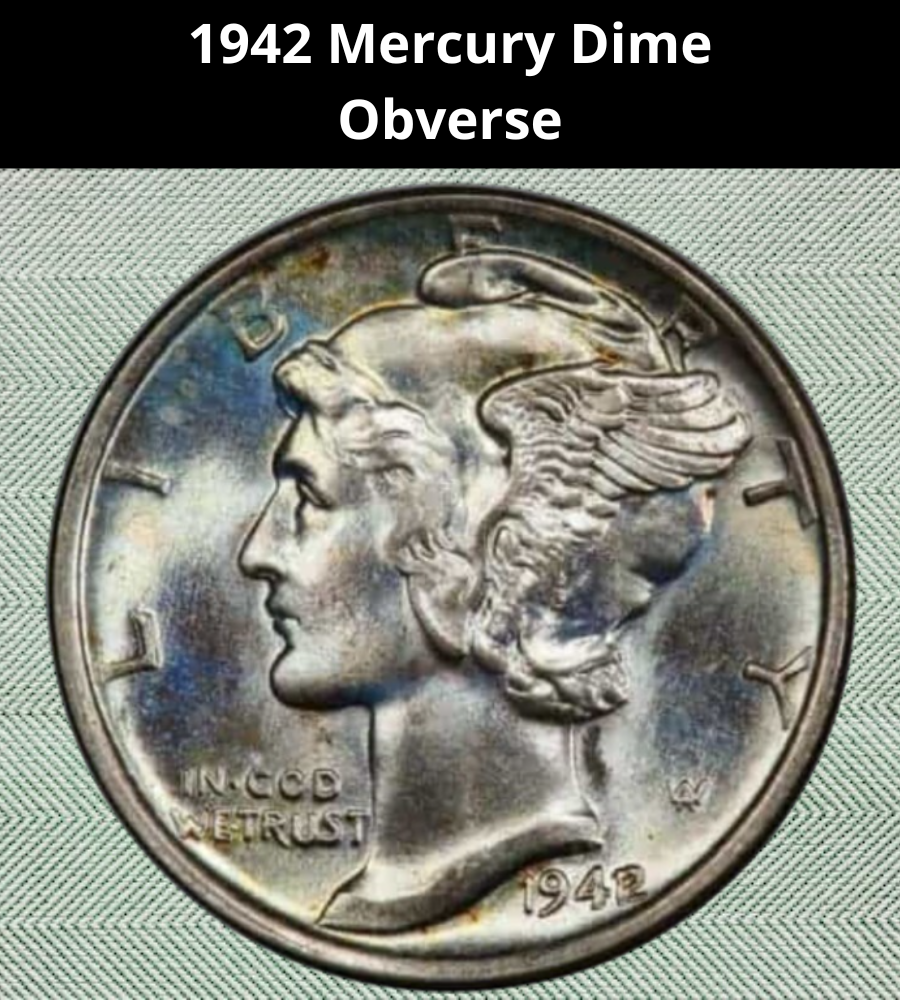
The obverse features Lady Liberty wearing a Phrygian cap with wings, symbolizing “freedom of thought.” Because of its resemblance to the Roman god Mercury, the coin quickly became known by its popular nickname, the “Mercury dime.”
Key details on the obverse include:
- The word LIBERTY across the top.
- The motto IN GOD WE TRUST at the lower left.
- The year of issue, 1942, along the bottom edge.
- Designer Adolph A. Weinman’s initials, AW, integrated into the design.
Although Weinman never confirmed it, many believe the model for Lady Liberty was Elsie Stevens, wife of poet Wallace Stevens.
Reverse
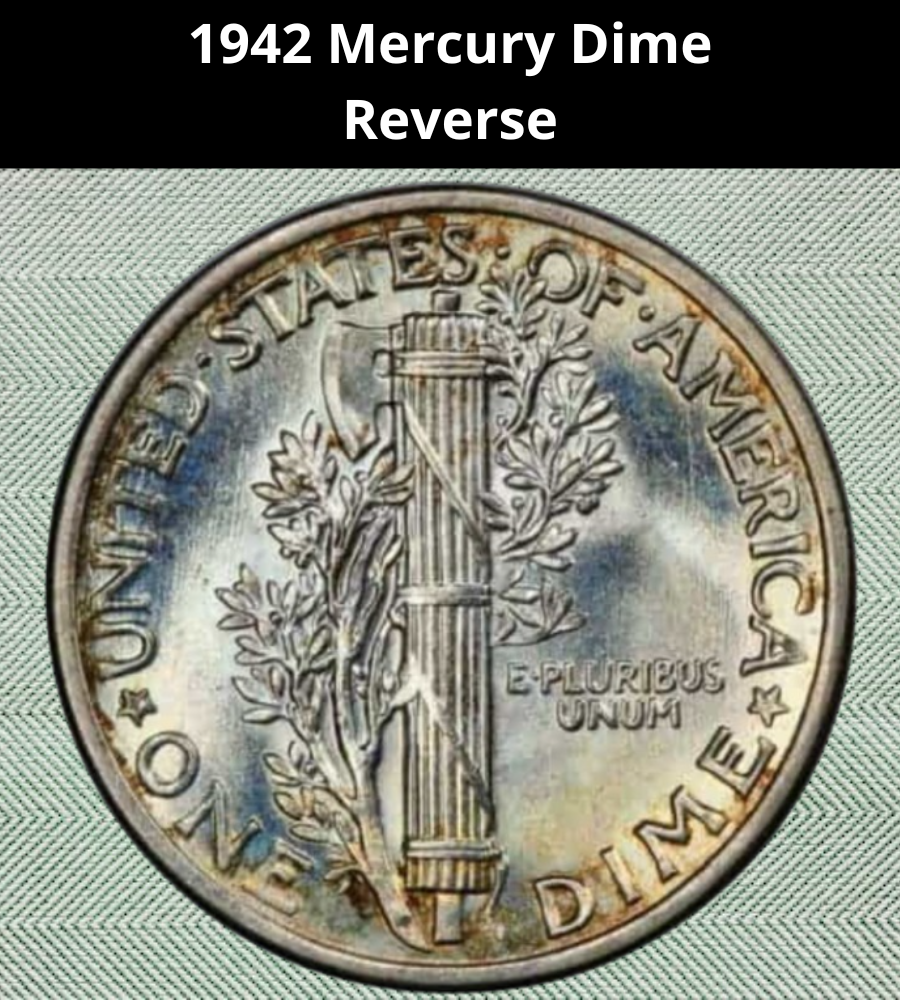
The reverse of the Mercury dime combines classical Roman symbolism with American ideals.
- At the center is a fasces (a bundle of rods bound together with an axe), representing strength, unity, and justice.
- An olive branch is wrapped around the fasces, symbolizing peace.
- The inscription UNITED STATES OF AMERICA runs along the top rim, while ONE DIME appears at the bottom, separated by two stars.
- The national motto E·PLURIBUS UNUM (“Out of many, one”) is included as required by law.
- Mint marks are located to the right of the fasces, between the words ONE and DIME: a “D” for Denver, “S” for San Francisco, and no mint mark for Philadelphia.
Specifications
| Feature | Details |
|---|---|
| Face Value | 10 cents ($0.10) |
| Shape | Round |
| Diameter | 0.705 in (17.91 mm) |
| Thickness | 0.053 in (1.35 mm) |
| Weight | 0.080 troy oz (2.5 g) |
| Silver Content | 90% (0.072 troy oz / 2.24 g) |
| Copper Content | 10% |
| Edge | Reeded (118 reeds) |
1942 Mercury Dime Grading
Collectors and dealers use the Sheldon scale (1–70) to evaluate the condition and market value of the 1942 Mercury Dime. Lower grades indicate coins that have been heavily circulated and worn, while higher grades are reserved for coins with minimal or no circulation wear.
At the top of the scale are Mint State (MS) coins, beginning at MS60 (uncirculated but may show light marks or a weak strike) up to the nearly unattainable MS70, a flawless example under magnification.
Below is a breakdown of how the 1942 Mercury Dime is typically graded:
| Grade Number | Grade Name | Description |
|---|---|---|
| 1 | Basal State-1 | Barely identifiable; only faint outlines of Liberty visible. |
| 2 | Fair | Extremely worn; major details missing but coin is still recognizable. |
| 3 | Very Fair | Slightly clearer than Fair, but heavy wear dominates both sides. |
| 4–6 | Good | Outlines of Liberty and fasces visible, though nearly flat. |
| 7–10 | Very Good | Liberty’s cap and fasces are distinguishable, but wings and bands are weak. |
| 12–15 | Fine | Moderate wear; more detail appears on Liberty’s wings and fasces. |
| 20–30 | Very Fine | Light to moderate wear; legends sharp, fasces bands partially visible. |
| 40 | Extremely Fine (XF/EF) | Minor wear on high points; Liberty’s wings and fasces details remain sharp. |
| 50 | About Uncirculated (AU) | Only slight traces of wear on highest points; much mint luster remains. |
| 60 | Mint State (MS60) | Uncirculated; may show contact marks or weak strike. |
| 65 | Mint State (MS65) | Strong strike, excellent eye appeal, minimal marks; full bands highly prized. |
| 70 | Mint State (MS70) | Perfect coin with no visible flaws under 5x magnification (virtually unobtainable). |
1942 Mercury Dime Value Guides
In 1942, during the height of World War II, the U.S. Mint struck 315,472,329 silver dimes across three mints. Collectors can find regular circulation strikes, proofs, and notable error varieties such as the 42 over 41 overdate and repunched mint marks. Values depend heavily on condition, strike quality (especially Full Bands), and rarity.
1942 No Mint Mark Silver Dime Value (Philadelphia)
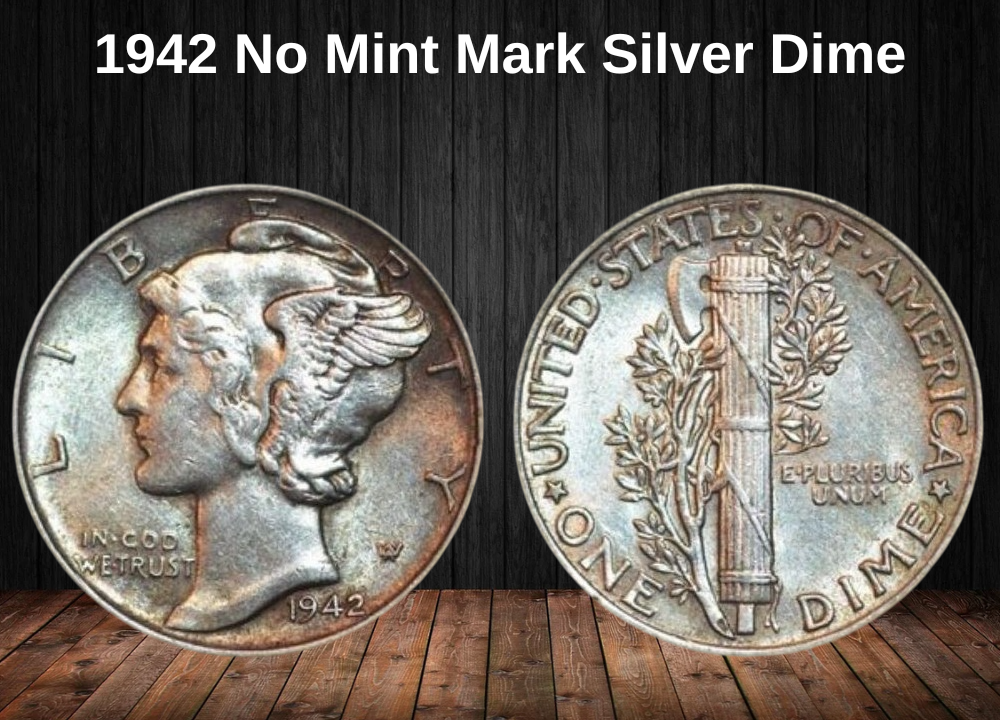
The Philadelphia Mint produced 205,410,000 dimes in 1942, making them highly abundant today.
- Circulated examples: $3 – $10
- Mint State (MS60–MS65): $12 – $60
- High-end MS68: around $1,400
- Full Bands (FB): $15 – $100 in lower Mint State;
- MS67 FB: around $360
- MS68+ FB: up to $12,750 at auction
1942 Proof Silver Dime Value (Philadelphia)
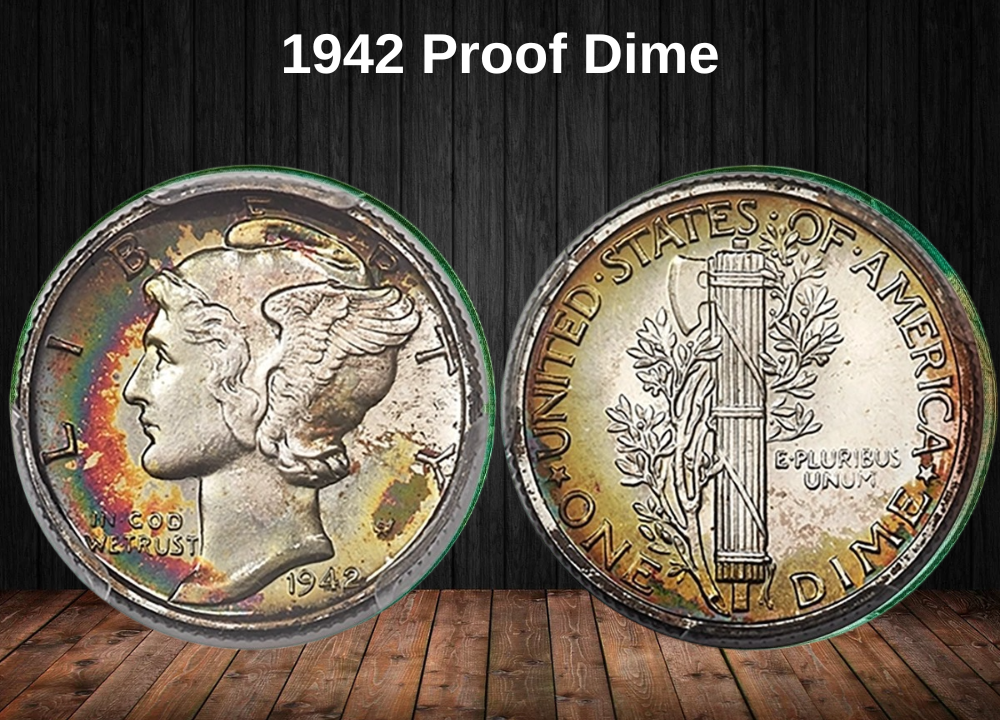
In addition to circulation strikes, Philadelphia struck 22,329 proof dimes in 1942.
- Typical Proofs (PR60–PR65): $90 – $400
- PR68: around $1,325
- PR69: up to $50,000 at auction
- Cameo contrast examples: $775 – $6,000, depending on quality
1942 D Silver Dime Value (Denver)
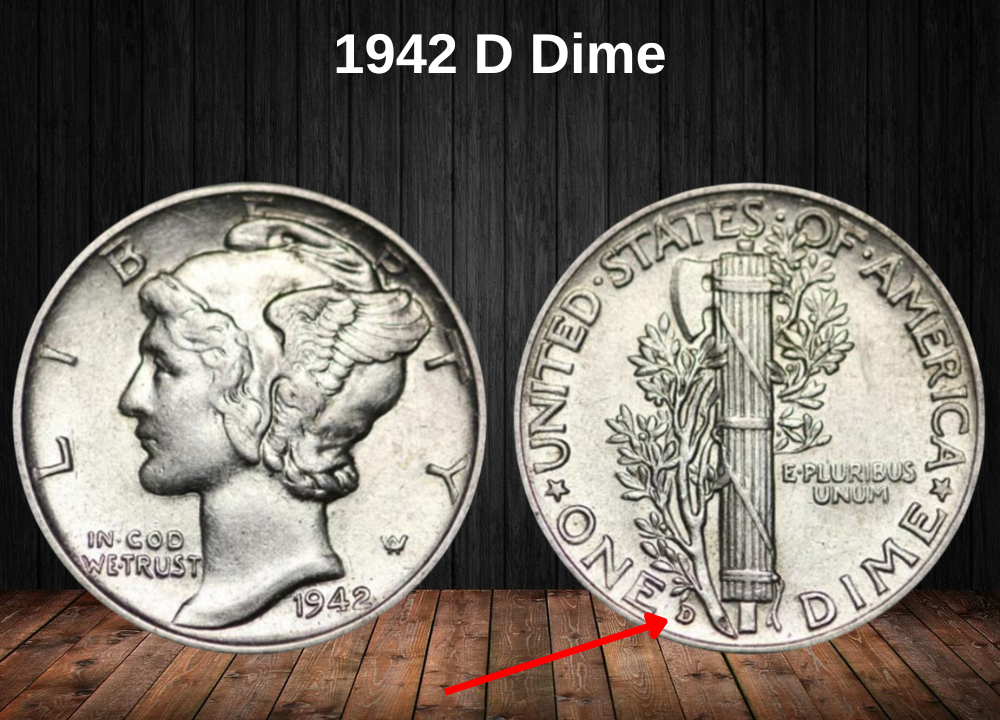
The Denver Mint produced 60,740,000 dimes in 1942, making them plentiful but still collectible.
- Circulated examples: $3 – $10
- Mint State (MS60–MS65): $12 – $110
- Top-grade MS68: about $625
- Full Bands (FB): $15 – $225;
- MS68+ FB examples often reach $1,350
1942 S Silver Dime Value (San Francisco)
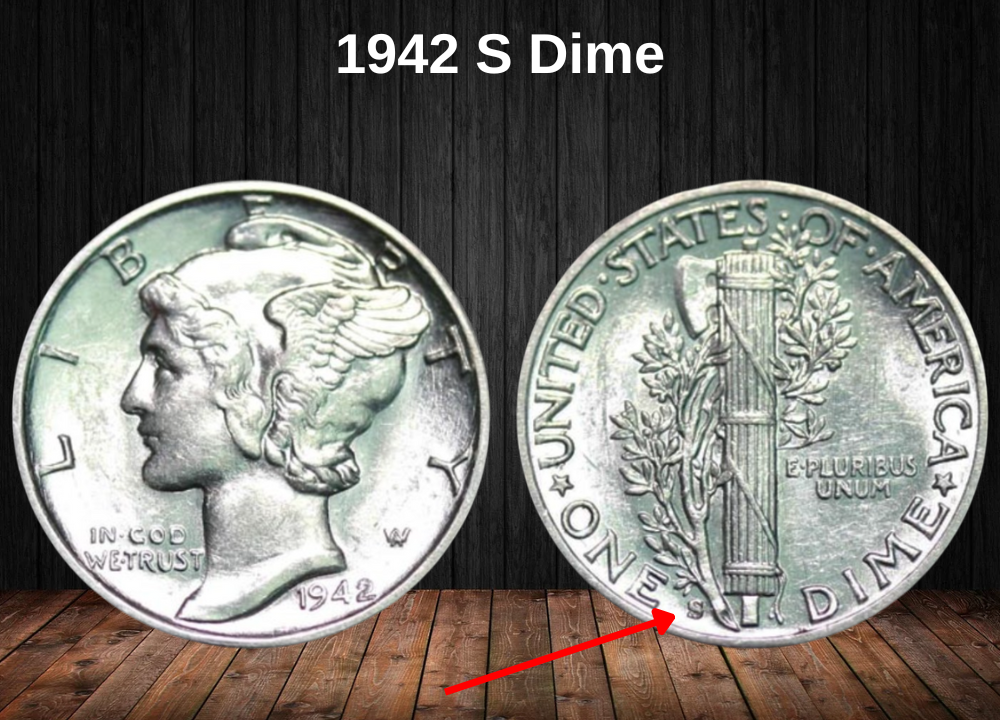
San Francisco struck 49,300,000 dimes in 1942, the lowest mintage of the year. Despite this, they remain fairly accessible.
- Circulated examples: $4 – $10
- Mint State (MS60–MS65): up to $100
- MS68: around $1,250
- Full Bands (FB): $15 – $475 in lower Mint State;
- MS68 FB coins can reach $6,500 at auction
Rare 1942 Silver Dime Error List
The 1942 Mercury Dime set includes a couple of highly collectible error varieties that significantly increase value compared to regular issues.
Overdate (1942/1) Error
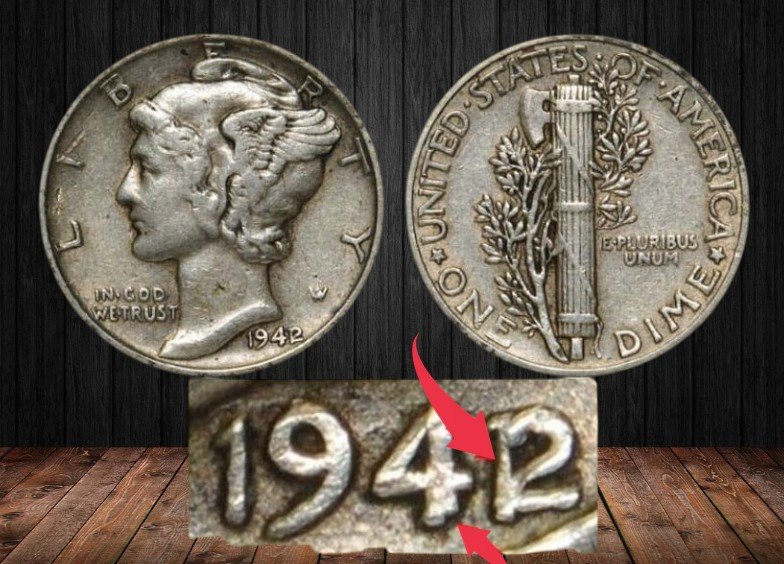
The most famous error of the year is the 1942/1 overdate, created when the die was accidentally punched with both the 1941 and 1942 dates. Careful inspection reveals traces of the underlying “1” beneath the “2,” making these coins among the most desirable Mercury dimes ever struck.
- Philadelphia 1942/1 dimes:
- Circulated examples: $280 – $2,000
- MS60: around $2,600
- MS67: up to $48,000
- Full Bands (FB): $2,000 – $100,000, depending on grade
- Denver 1942/1-D dimes:
- AU examples: around $260
- MS66: up to $24,000
- Full Bands (FB): $1,600 – $75,000
Re-punched D Mint Mark (RPM)
Another collectible error from 1942 is the Re-punched Mint Mark (RPM) on dimes struck in Denver. In these cases, the “D” mint mark appears doubled, with one impression struck over another.
- Example: A 1942-D Mercury dime with AU55 grade and a visible re-punched mint mark sold for $630 at auction.
Where to Sell Your Dime Coin?
Now that you know the value of your dime, the next step is deciding where to sell it. There are several trusted options—both online and in person—that can help you get the best price depending on your coin’s rarity and condition.
To see the full list of recommended places, along with their advantages and disadvantages, check our complete guide on where to sell your dime coins.
FAQ about the 1942 Mercury Dime Value
1. How much is a 1942 Mercury dime worth?
Most circulated 1942 Mercury dimes are worth between $3 and $10. Uncirculated examples can range from $12 to over $100, depending on grade, mint mark, and strike quality.
2. Are 1942 Mercury dimes made of silver?
Yes. Each 1942 dime contains 90% silver and 10% copper, with a silver weight of 0.072 troy ounces.
3. What is the most valuable 1942 Mercury dime?
The rare 1942/1 overdate error is the most valuable. In top grades with Full Bands, these coins can fetch $75,000–$100,000 at auction.
4. Which 1942 dime is worth more: no mint mark, D, or S?
- Philadelphia (no mint mark): Most common, affordable in circulated grades.
- Denver (D): Scarcer with error varieties (notably the 1942/1-D overdate).
- San Francisco (S): Lower mintage, worth more in high grades and Full Bands.
5. How can I identify the 1942/1 overdate error?
Look closely at the “2” in the date. On genuine examples, parts of the underlying “1” are visible under magnification.
6. Are proof 1942 dimes valuable?
Yes. Only 22,329 proofs were minted in Philadelphia. Depending on grade, they range from $90 to $1,325, while top-graded PR69 examples have sold for $50,000.
7. Do collectors pay more for Full Bands dimes?
Absolutely. Mercury dimes with strong horizontal lines (Full Bands) across the fasces on the reverse are highly prized. In 1942, Full Bands examples can command multiples of the standard price.
8. Where is the mint mark on a 1942 Mercury dime?
The mint mark (D or S) is located on the reverse, to the right of the “E” in ONE DIME. Philadelphia coins have no mint mark.

